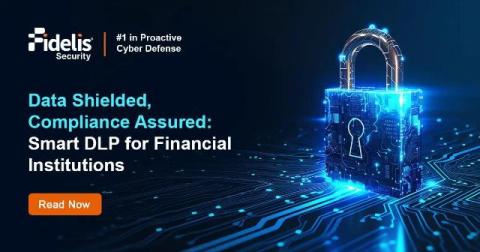5 Things to Learn About COBIT
You can’t do large-scale business in 2024 without having a successful, well-run IT infrastructure. Arguably, it’s difficult to do any sort of business well (large or small) without tuning your IT capabilities to your business objectives. This allows them to work as one, not against each other. COBIT is a framework created by ISACA (International Systems Audit and Control Association) to do this very task.











